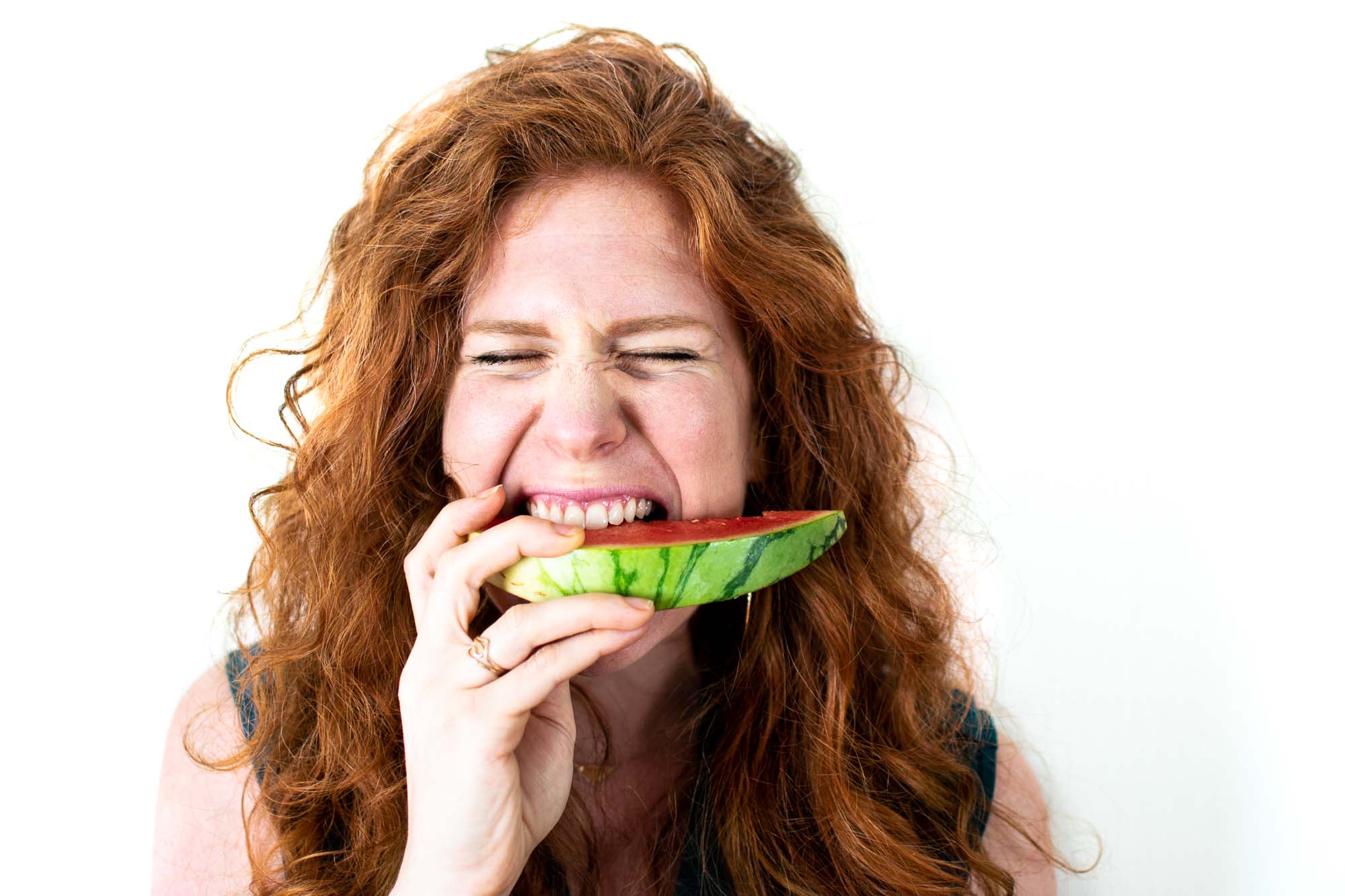
I grew up vegetarian. Mornings looked like spirulina-laden smoothies and yogurt bowls with tahini and papaya fresh from the trees outside. We were in Hawai’i after all, where fresh fruits and vegetables are plentiful. It’s natural to be veggie-forward when you can wander outside and graze on most of what you see. It’s natural to want to live close to the earth, when everything is fresh and green and laden with the life-giving dew of a tropical paradise.
But we weren’t vegetarian by happenstance or default. My parents were bonafide health nuts, and had been vegetarians for decades before I was born. My mom was an herbalist and aromatherapist, and the author of two tomes on incorporating flowers into one’s daily life. She made mandala flower salads and brewed sun tea and decocted comfrey salve from plants she grew with her own hands. My father was a consummate yogi and did thrice yearly cleanses (still does, for the record). They smelled like nutritional yeast and flower essences, long before farmers markets and Whole Foods even existed. Being vegetarian was a lifestyle.

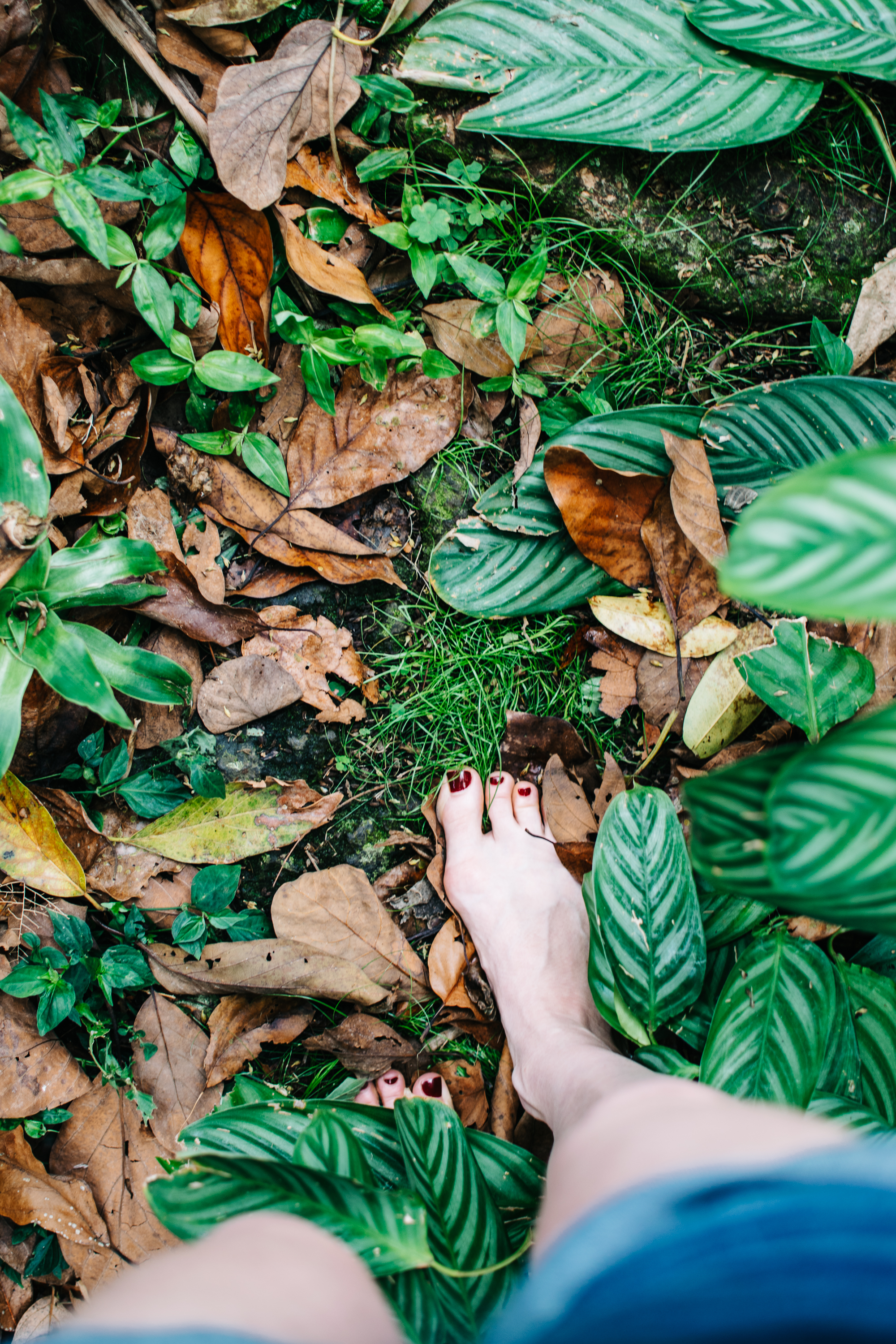
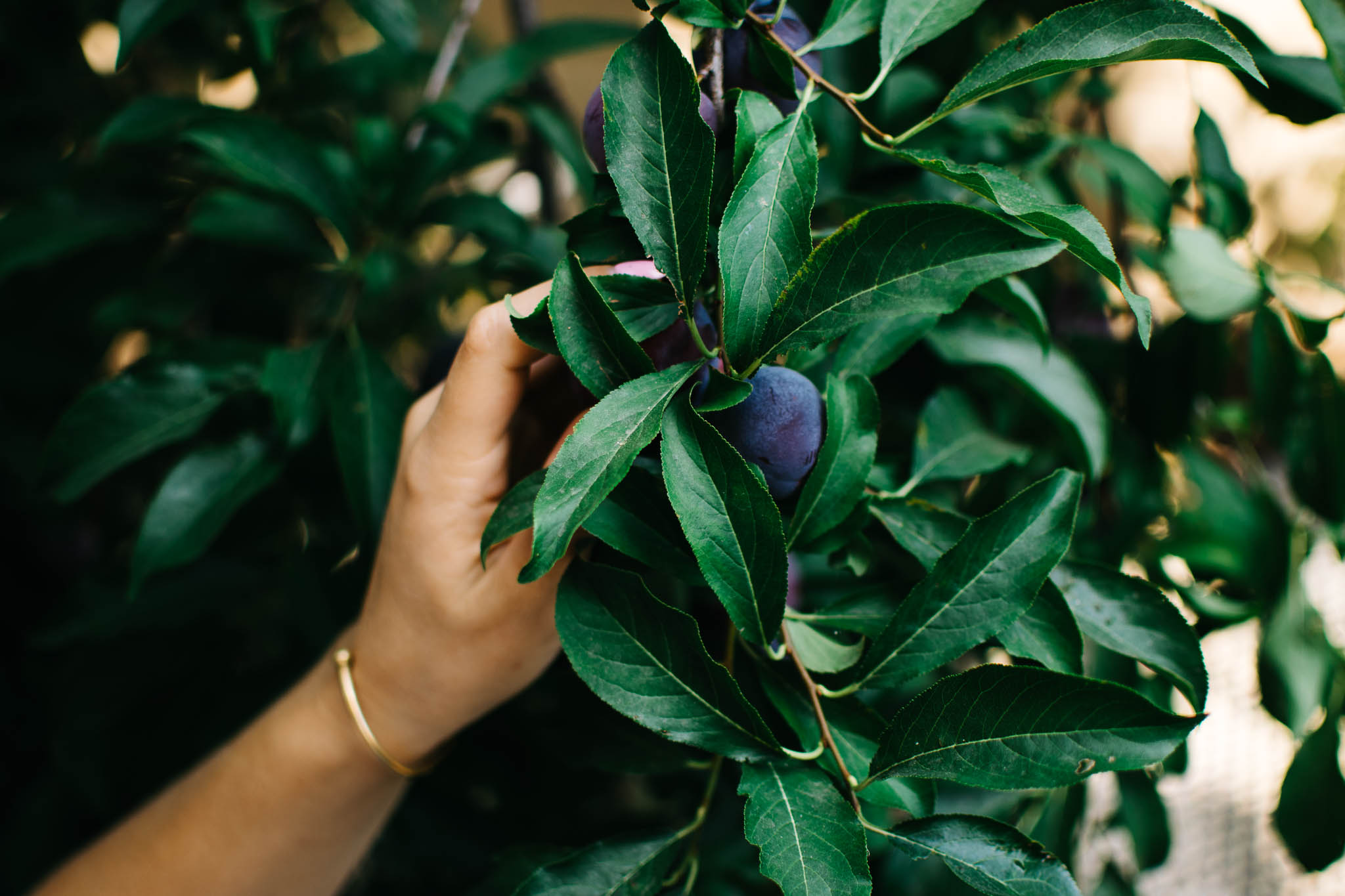
Before we go any further, I want to zoom out and look at the broader picture of how we choose what we eat. It seems to me we can break the decision-making process down into three primary choice factors: 1) conditioning; 2) fear; 3) need. Of course there are other elements that go into the process, but I think many of them, when examined, fall into one of these three buckets.
Let’s take gustatory pleasure, for example. Given that a food praised for tasting “good” in one culture may be considered to taste “bad” in another, taste preferences or desires fall into the category of conditioning. As does what is considered “good” or “bad” for your health—these are qualifiers that vary not just according to culture, but to community and even within families. Convenience also falls into the bucket of conditioning. We are conditioned into thinking that certain ways of eating are easy while others are hard. This conditioning is cultural, familial, and socioeconomic. Similarly, diets chosen for environmental or political reasons fall into conditioning, as well as our next culprit: fear.
Many dietary choices are inspired by sheer terror: Fear that you must eat something in order to be made a better, happier, healthier, more enlightened human. Fear that if you eat such and such you will become ill, lose weight, gain weight, get cancer, have an allergic reaction, or trigger an auto-immune disorder. Fear that you will be judged for eating this and not that. Fear that you aren’t eating enough. Fear that you are eating too much. Fear that your diet has too significant a carbon footprint.
Finally, I’d venture to guess that most people make their food choices based on need: That is, you choose what to eat not so much from an endless buffet of options, but based on some matrix of money and satiety. Most likely, that looks like selecting the food that is going to fill you up the most for the least amount of money. You need (the lowest common denominator of) nourishment, and you need money. Where those two needs intersect is where the majority of people are making their food choices. (Hello, fast food. Hello, capitalism.)
Zooming back in with this new framework of perspective, we can see that even the desire to step outside the Standard American Diet (SAD) of meat, potatoes, and lifeless vegetables is a privilege. My parents, and many other white middle class Americans in the sixties and seventies, were stable enough on the scale of need that they were able to explore new ways of eating and being.
Vegetarianism, to them, meant not just raging against the machine of the SAD, but eating in a way that celebrated life—their own and the lives of all living things. To them, vegetarianism meant choosing health and vitality over illness, disease, and death. I grew up with a nose perpetually turned skyward at the sight of McDonald’s, Coca Cola, and Little Debbie’s. We did not eat such nutritionally bereft monstrosities. We chose life. Health. Yoga. Sprouted mung beans. Dare I say: Wellness.
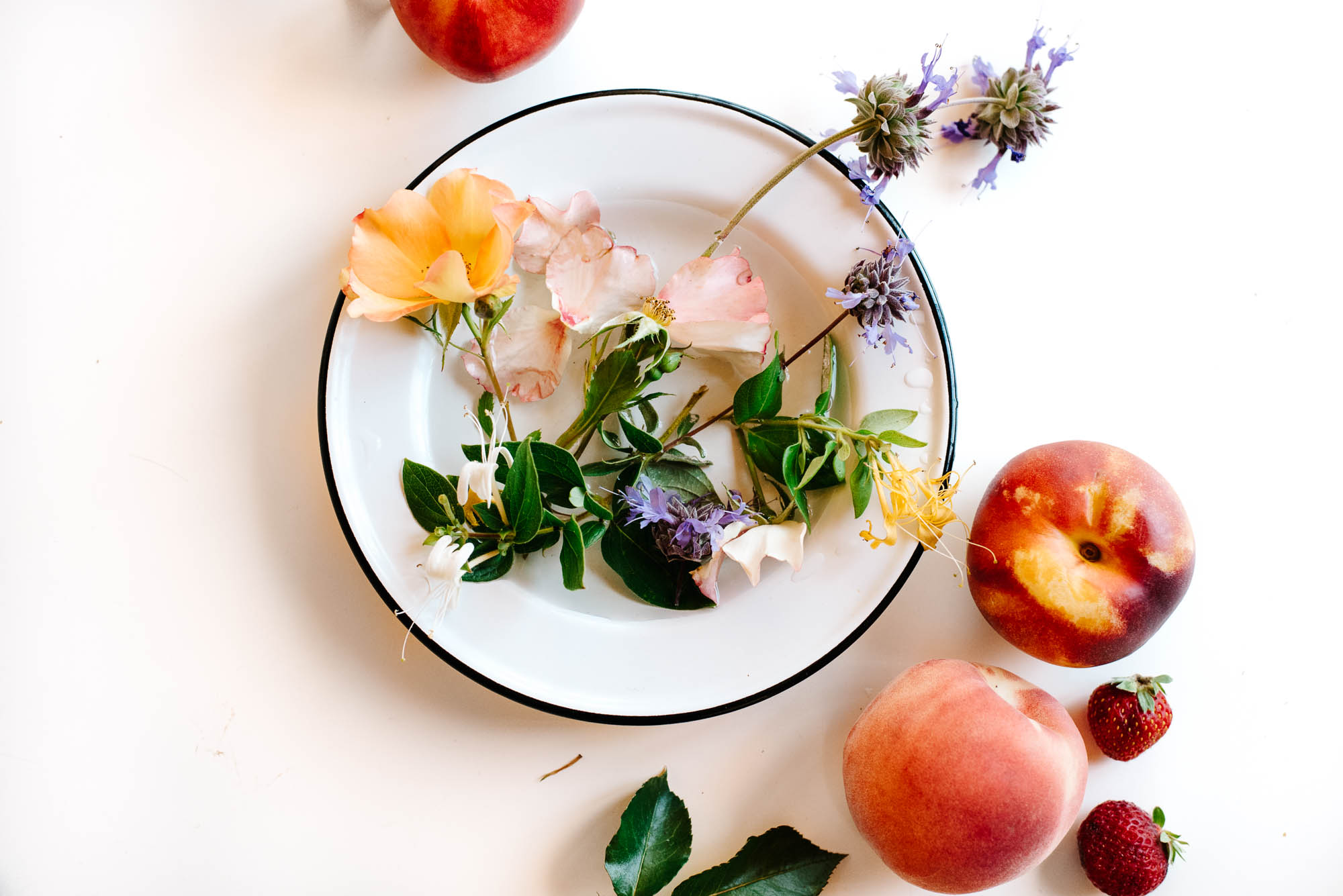
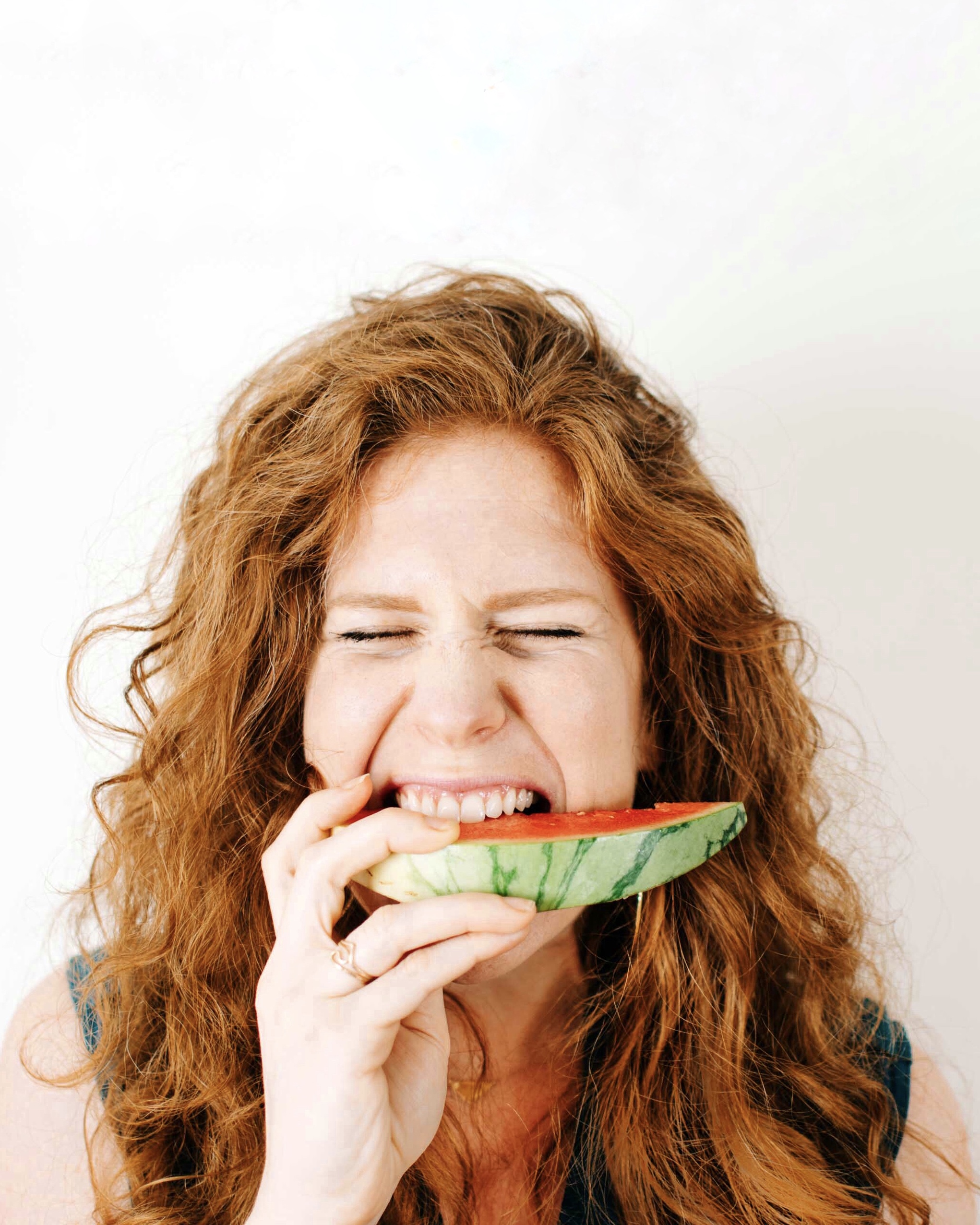
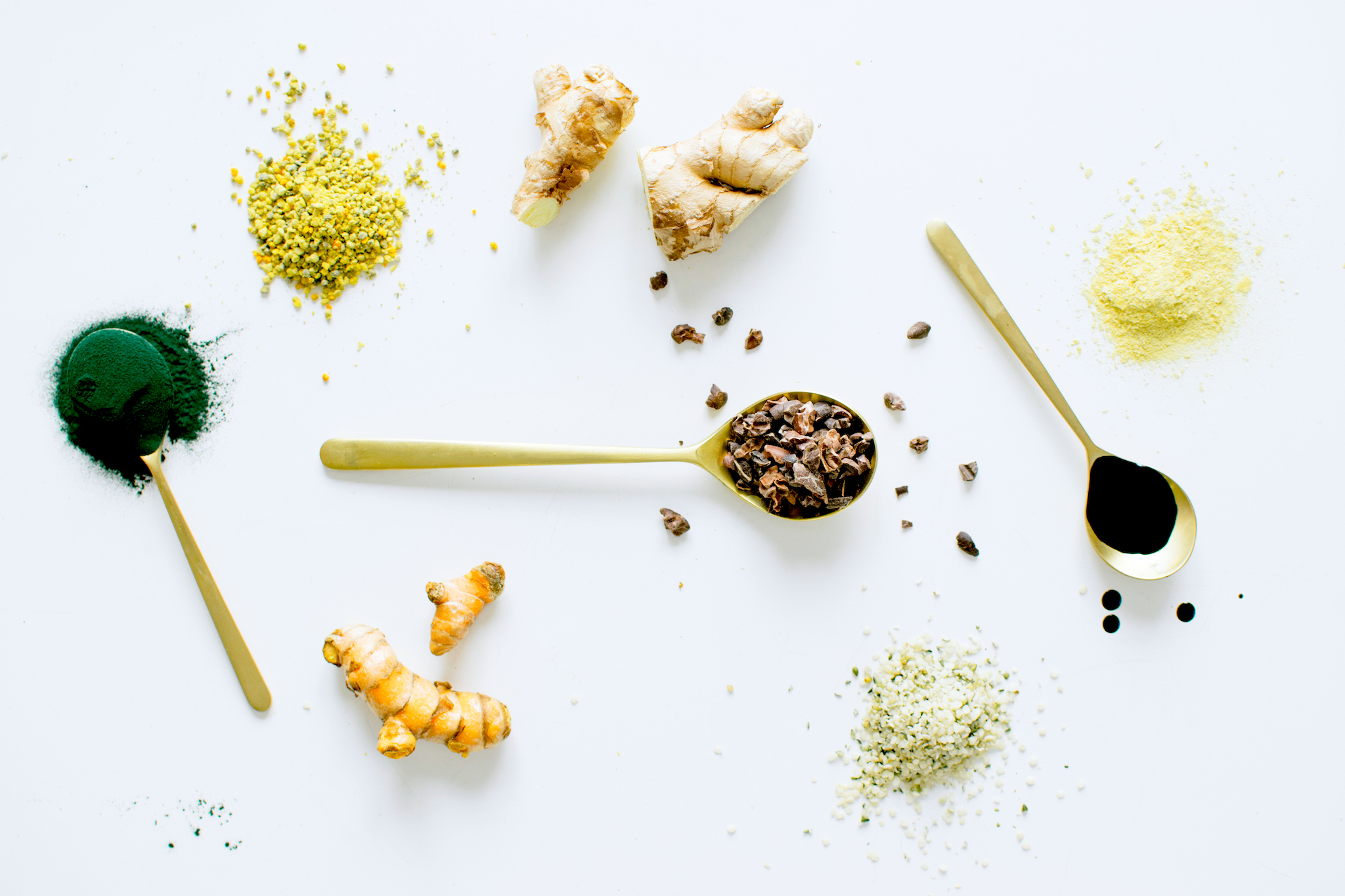
My parents’ definition of optimal eating changed a bit as I grew older. With the rise of celebrity doctor Arthur Agatston’s South Beach Diet, my parents started to investigate the ramifications of their vegetarian proclivities, which had them eating more carbs, and less protein. When I was thirteen, we began to eat some fish. I never liked it, and would do mental gymnastics to pretend it was tofu. (Which, by the way, remains a perennial comfort food. As a toddler I called it “fuff”.)
Despite the bounty of fresh seafood on Maui, I never got into a pescatarian groove. In college, as I began my own immersion in yoga and eastern philosophies—which centralize the moral tenet of ahimsa (do no harm)—I realized it was quite simple: If I didn’t like eating fish, I should stop. And so, in my late teens, I reverted to vegetarianism. Conditioning at peak play.
But my vegetarianism wasn’t long-lived, as my alimentary raison d’être began to focus increasingly on environmental and animal activism. At twenty-one, I became vegan. I was studying and then teaching yoga full-time (after graduating magna cum laude from Yale—true to form, my parents supported my spiritual aspirations), and our community was immured in animal rights activism. A heady mix of fear and new forms of conditioning had me believe that if I truly cared about the planet and my fellow earthly inhabitants, I could only choose veganism.
Why? Plenty of reasons. The Environmental Protection Agency cites that factory farms are one of the largest sources of carbon emissions on the globe—24% of global greenhouse gas emissions come from agriculture and deforestation. What’s more, even a few minutes of a PETA video that reveal the treatment of animals in factory farms is enough to turn any meat-lover queasy. Debeaked chickens, cows held hostage for false impregnation with pumps strapped to their udders, and animals with sores from overcrowding. Pollution from farm run-off. I could go on; there are endless reasons to go vegan.
So why, after three years of veganism, did I decide to start incorporating animal products into my diet? It wasn’t because I missed the cheese. My veganism hadn’t been difficult. I was living in a community of predominantly vegan people, and the way I ate was deeply familiar. Not too dissimilar to my diet growing up. And yet, I realized I was making a lot of choices based on fear.
When I was twenty-four, my mother passed away from endometrial cancer. The woman who had been the pinnacle of health, the bastion of wellness, the epitome of self-care—her practices, her conditioning, had failed her. It’s possible her healthy living protocol may have kept the disease at bay longer than a different diet would have, but—for me, at least—something was rotten in the state of Denmark. All the promises of eternal health I’d been made, in conditioning and in fear, had come undone.
The final strike against my watertight veganism was when my mother asked me, shame burning in her eyes, if I would make her some chicken broth to appease the dietary advisement of her oncological nutritionist. I would’ve hunted an animal for her if it would make her better, and recognizing that made me question everything.
In the years after my mother’s death, I decided I wanted to make choices about what I ate that were not governed by conditioning, fear, or need. I wanted to be free to eat what felt good to my body, and what made sense for the community and land where I lived. I wanted to make food choices based on understanding and insight about the earth and my body. I was tired of so much fear.

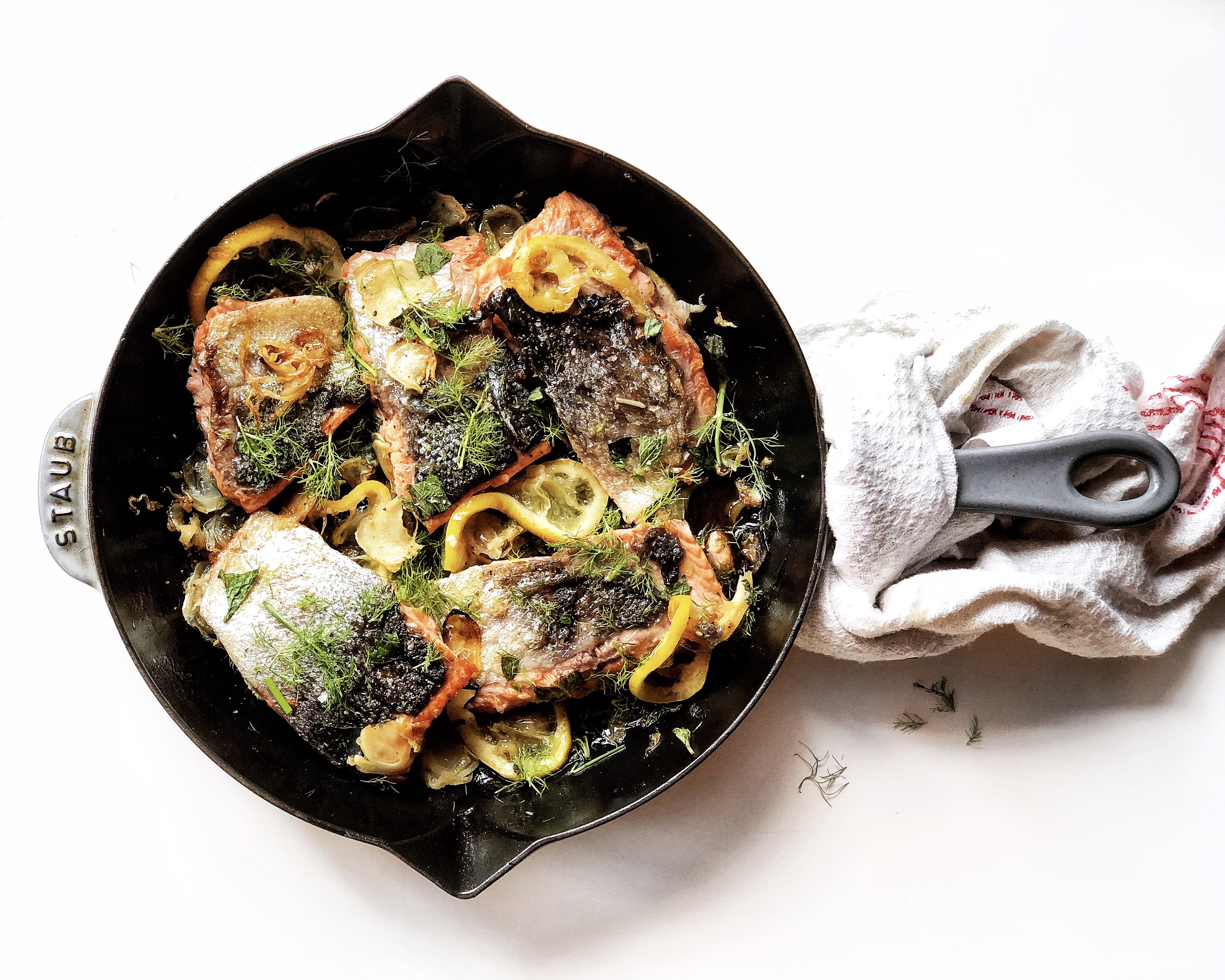

Today, I am an omnivore. Calling myself an omnivore—even though I eat mostly plants—derails that conditioning-fear-need chokehold. It signals that I’m not limiting myself in any way. It reminds me, on a regular basis, not to choose from fear.
In the past few years, I also became familiar with a lesser known—yet no less pervasive—eating disorder: orthorexia. Orthorexia is an obsession with eating foods one considers healthy and avoiding foods one believes to be harmful, to the point that it controls behavior and belief. I instantly recognized orthorexia, or orthorexic thinking, in much of the way I had been conditioned toward food. And in a great deal of the way our culture approaches “wellness”, “self-care”, and “clean eating”. Here again was a reason to disentangle myself from labels.
Even still, I am constantly doing the calculus around the environmental and personal impacts of what I eat. I don’t like to eat meat from factory farms. I prefer my food as wild and close to its source as possible. I try to eat what’s growing in season near me, and what’s locally abundant. The farmers market helps with this. Soon, I’ll be able to grow food in the greenhouse my landlords are building on the property.
I believe in small steps. I believe in making choices from a framework of inclusivity and equality rather than exclusivity and privilege. I believe that “healthy” means different things for different people. And I know that I don’t have all the answers.
What’s your food story? How do you describe the way that you eat? Why do you eat that way, and how does it make you feel?



